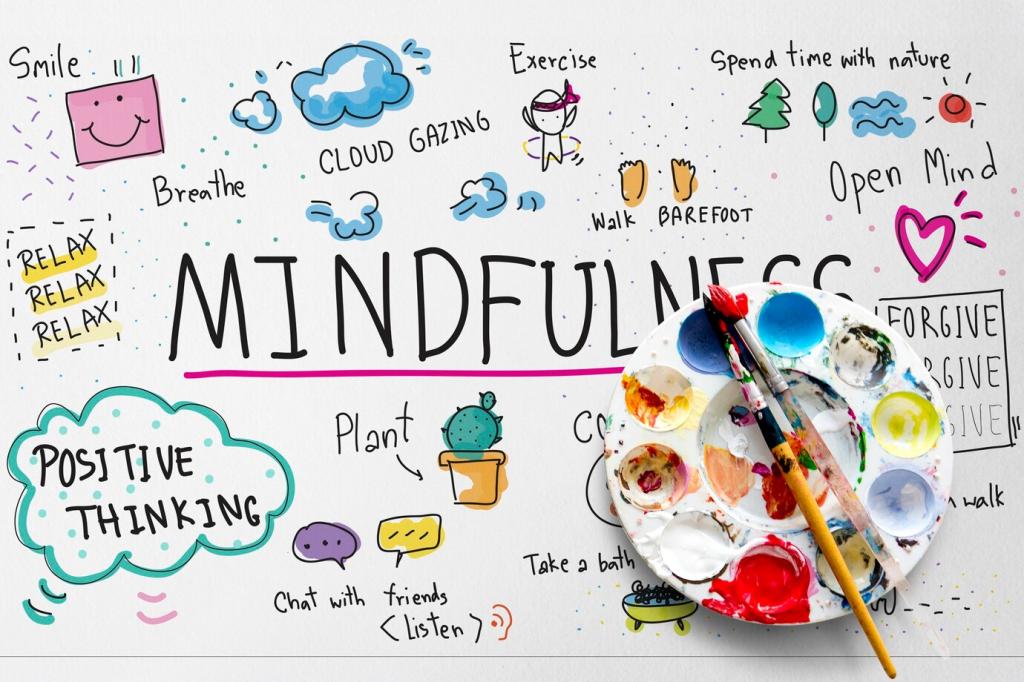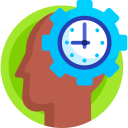Chosen theme: Mindfulness-Based Workplace Wellness Programs. Step into a friendly, practical space where neuroscience meets everyday work rituals, and discover how presence can reduce stress, lift morale, and turn scattered days into meaningful progress. Subscribe, comment, and help shape a calmer, kinder culture together.
Why Mindfulness Works at Work
Mindfulness practice strengthens networks that govern attention and emotion regulation, helping the prefrontal cortex stay online when messages and meetings pile up. By training moment-to-moment awareness, employees redirect attention faster after interruptions and recover cognitive bandwidth. Try a three-breath pause before complex tasks, then share your focus gains with our community.
Designing Your Mindfulness-Based Program
Interview teams, run short surveys, and map friction points across roles and time zones. Understand psychological safety, workload patterns, and meeting pressure before you draft a curriculum. Align with HR, DEI, and EAP resources. Share your top three findings in the comments, and we will suggest practice clusters that fit your reality.
Designing Your Mindfulness-Based Program
Combine breath awareness, body scan, mindful walking, compassion practices, and gratitude reflection. Keep sessions brief and practical, with weekly themes and micro-practices that take minutes, not hours. Record short audio guides and create a rotating menu for hybrid teams. Subscribe to receive a sample eight-week curriculum to adapt and remix.


Stories from Real Teams
A product lead named Maya used a two-breath pause before backlog grooming. Instead of snapping at a teammate, she noticed tightness in her chest, named it silently, and asked a clarifying question. The room softened. Later, her team shipped with fewer last-minute changes. Share your own turning points—we are listening.




Inclusive and Ethical Foundations
Participation must be opt-in, framed as support rather than pressure. Never imply that mindfulness replaces staffing, fair workloads, or mental health care. Create clear boundaries, confidential spaces, and alternative resources. Share your program guidelines, and we will offer a friendly review to strengthen trust and clarity.


Inclusive and Ethical Foundations
Offer choices of anchors—breath, sound, touchpoints, or visual focus—and normalize opting out. Use inclusive language, honor pronouns, and avoid spiritual overtones unless community-driven. Partner with ERGs to adapt practices responsibly. Tell us what options feel safest for your teams, and we will refine sample scripts.
Tools, Habits, and Meeting Hygiene

Mindful meetings, not longer meetings
Start with a sixty-second arrival, state outcomes, and end with decision clarity. Build in short pauses during conflict and end five minutes early to reset. These simple moves reduce rehashing and tension. Run this experiment for a week and tell us what changed in tone, pace, and morale.

Digital nudges that respect autonomy
Set gentle reminders, not relentless pings. Use status messages like “focus block” and adopt team norms around notification windows. Offer opt-outs and include privacy notes so data never becomes surveillance. Share your favorite nudge that actually helps, and we will feature it in a community roundup.

App stack that plays nicely
Integrate calendars, HR systems, and collaboration tools with minimal data collection and clear consent. Store resources in a searchable library with short recordings, guides, and reflections. Use role-based access and review content quarterly. Subscribe to get our lightweight toolkit checklist and customization tips.
Sustaining a Mindful Culture
Leaders can share one small practice, protect focus time on calendars, and attend sessions quietly without grandstanding. Normalize pauses before tough decisions and celebrate healthy boundaries. When leaders go first, permission spreads. Tell us how leadership shows up in your context, and we will suggest practical next steps.
Create quiet corners with plants, natural light, and clear norms, or virtual equivalents for distributed teams. Mark transitions with brief rituals—a bell at shift start, or a weekly gratitude round. Keep it optional and warm. Share photos or descriptions, and we will learn together from your designs.
Highlight peer gratitude and stories of steady, compassionate work. Avoid gamifying participation or ranking mindfulness. Offer small acknowledgments that reinforce psychological safety and inclusion. We publish a monthly digest of tiny wins; subscribe and nominate colleagues whose presence has quietly improved your team’s day.

